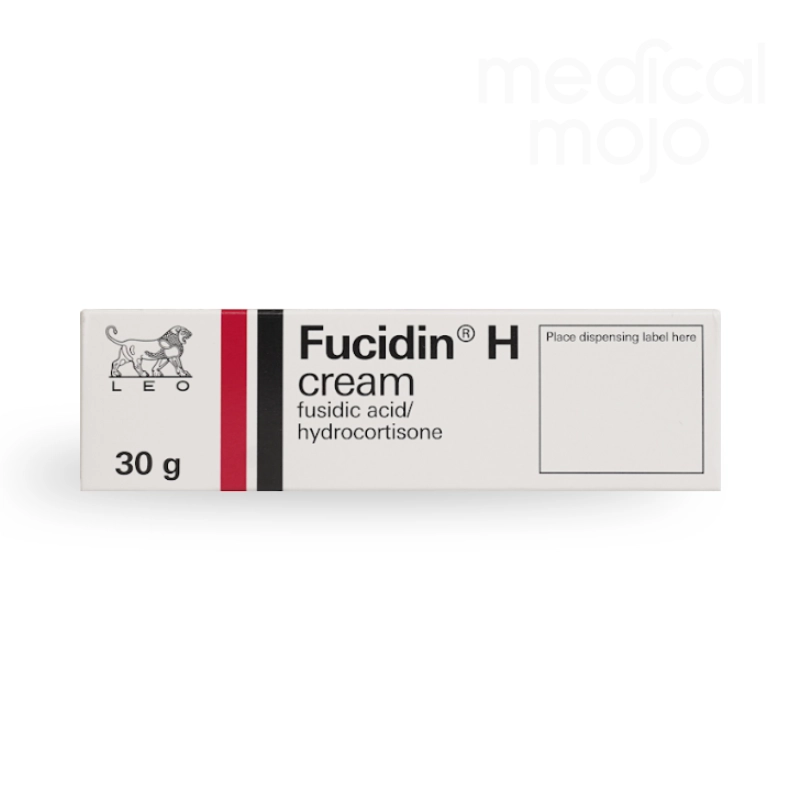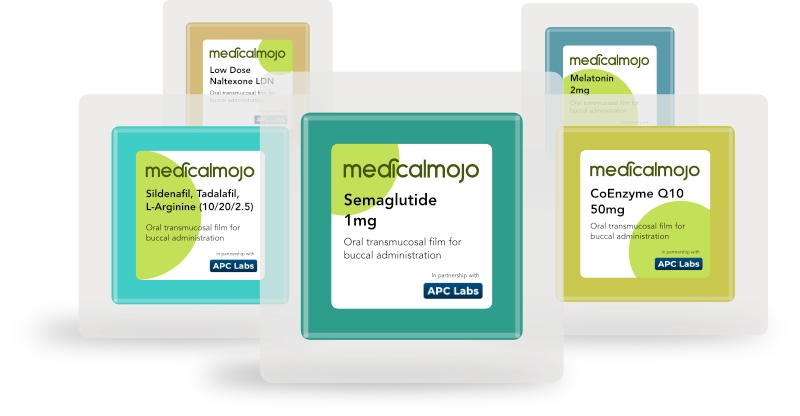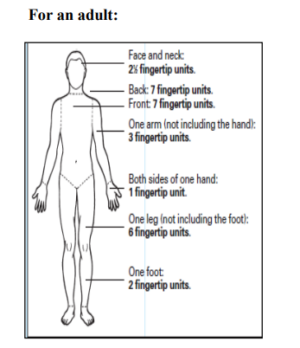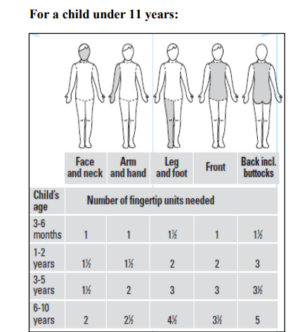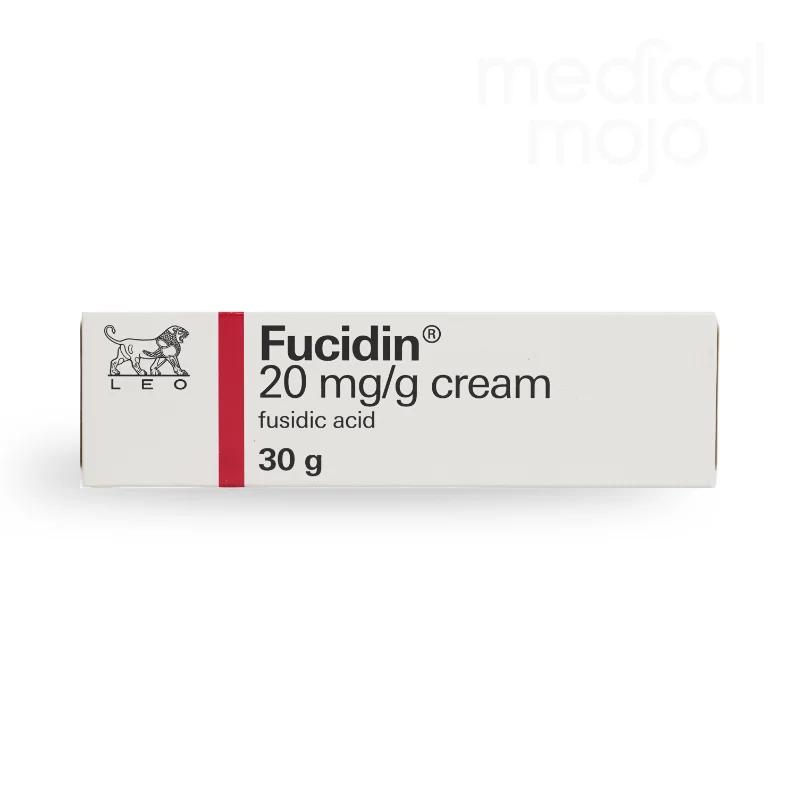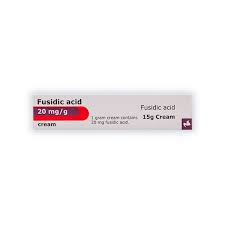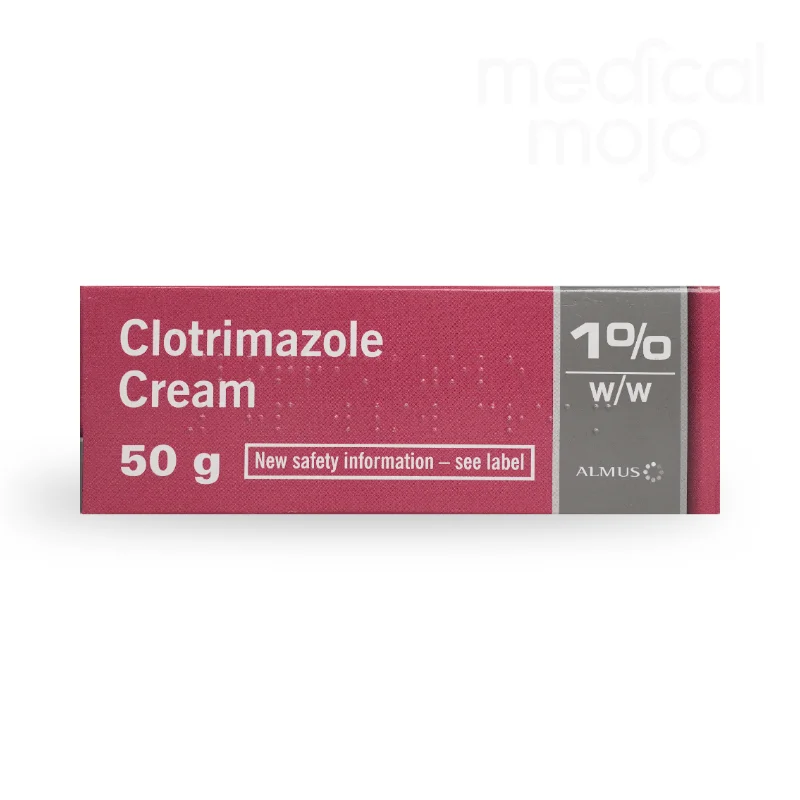What is Fucidin H Cream?
Fucidin H Cream is a double-action treatment designed to tackle infected skin conditions like eczema. Treating these conditions can be complex because you need to address both the infection and the inflammation simultaneously. Fucidin H Cream simplifies this process by combining two active ingredients: fusidic acid, an antibiotic that prevents bacterial growth, and hydrocortisone, a corticosteroid that reduces swelling and inflammation. By targeting both issues at once, Fucidin H Cream works quickly to clear up the infection and alleviate discomfort, helping you return to full health.
How does Fucidin H Cream work?
Fucidin H Cream contains two active ingredients with distinct functions. Fusidic acid is an antibiotic that damages bacteria and prevents them from multiplying. While it doesn’t kill the bacteria outright, it stops them from spreading, allowing the body’s immune system to eliminate the infection over time. Hydrocortisone, the second ingredient, is a corticosteroid that reduces inflammation by narrowing blood vessels and decreasing the release of chemicals that cause swelling. This dual-action approach helps the skin heal more effectively and reduces discomfort.
How can I avoid skin infections?
Preventing skin infections is the best approach, especially if you suffer from chronic skin conditions. Here are some tips:
- Treat affected areas promptly, keeping them moisturized and using steroid creams as recommended by your doctor.
- Avoid known irritants that can exacerbate the problem.
- Resist the urge to scratch, as this can break the skin and make it more susceptible to infection.
Additionally, try to avoid factors that may trigger flare-ups, such as stress, injury, hormonal changes, binge drinking, smoking, or using certain medications. While Fucidin H Cream is effective for treating infected skin, it should only be used for up to two weeks. Prolonged use can lead to diminishing effectiveness and an increased risk of side effects. Regularly moisturizing affected areas can help prevent outbreaks.
When should I avoid using Fucidin H Cream?
Do not use Fucidin H Cream in the following situations:
- If you are allergic to any of its ingredients.
- To treat rosacea (redness and inflammation of the face).
- To treat perioral dermatitis (a red, spotty rash around the mouth or chin).
- For skin infections that cover large areas.
- For acne.
- For eczema or dermatitis that is not infected.
For conditions like acne and rosacea, specialized treatments are more appropriate. If you have inflamed skin conditions without signs of infection, corticosteroid treatments like Eumovate or Betnovate may be more effective.
What are some non-prescription treatment options?
If you have infected eczema or dermatitis and prefer not to use prescription treatments, consider the following:
- Moisturizers and emollients to reduce pain and prevent skin cracking.
- Disinfectant bath and shower gels to help fight infections.
- Cotton gloves to reduce damage from scratching.
- Antihistamine tablets to lessen itching and prevent further irritation.
If these options don’t work, consult a healthcare professional. Uploading a photo of the affected area to an online pharmacy may also help you get a recommendation.
How do I use Fucidin H Cream?
To apply Fucidin H Cream:
- Consult the Patient Information Leaflet to determine the appropriate amount.
- Wash your hands before application.
- Spread a thin layer of the cream onto the inflamed area and gently rub it in.
- Wash your hands after application unless your hands are being treated.
Apply the cream twice daily, ideally 12 hours apart. Use it for up to two weeks, but if there’s no improvement after a week, stop using it and consult your doctor. Prolonged use may reduce the effectiveness of the treatment.
What are the ingredients in Fucidin H Cream?
Fucidin H Cream contains two active ingredients:
- Fusidic acid (antibiotic)
- Hydrocortisone acetate (corticosteroid)
The cream also includes the following inactive ingredients:
- Butylhydroxyanisole (E320)
- Cetyl alcohol
- Glycerol
- Liquid paraffin
- Potassium sorbate
- Polysorbate 60
- All-rac-a-tocopherol
- Water
- White soft paraffin
What are the possible side effects of Fucidin H Cream?
Some ingredients in Fucidin H Cream, like butylhydroxyanisole, cetyl alcohol, and potassium sorbate, can cause allergic reactions in some individuals. Before applying the cream widely, test it on a small patch of skin. Other possible side effects include:
- Itchy rash and skin inflammation in the treated area.
- Worsening of eczema.
- Further skin rash.
The most common side effect is an itching or burning sensation, but if you experience any concerning symptoms, consult your doctor.
Are there any warnings for Fucidin H Cream?
Fucidin H Cream is not suitable for you if you are allergic to any of its ingredients. Additionally, avoid using it for:
- Acne
- Perioral dermatitis
- Viral infections (e.g., cold sores, herpes, chickenpox)
- Bacterial infections unrelated to dermatitis
- Fungal infections (e.g., thrush, athlete’s foot)
- Rosacea
- Conditions caused by syphilis or tuberculosis
- Open wounds or broken veins
Take extra care when applying the cream to large areas of skin, the face, or sensitive areas like the lips and genitals unless advised by your doctor.
